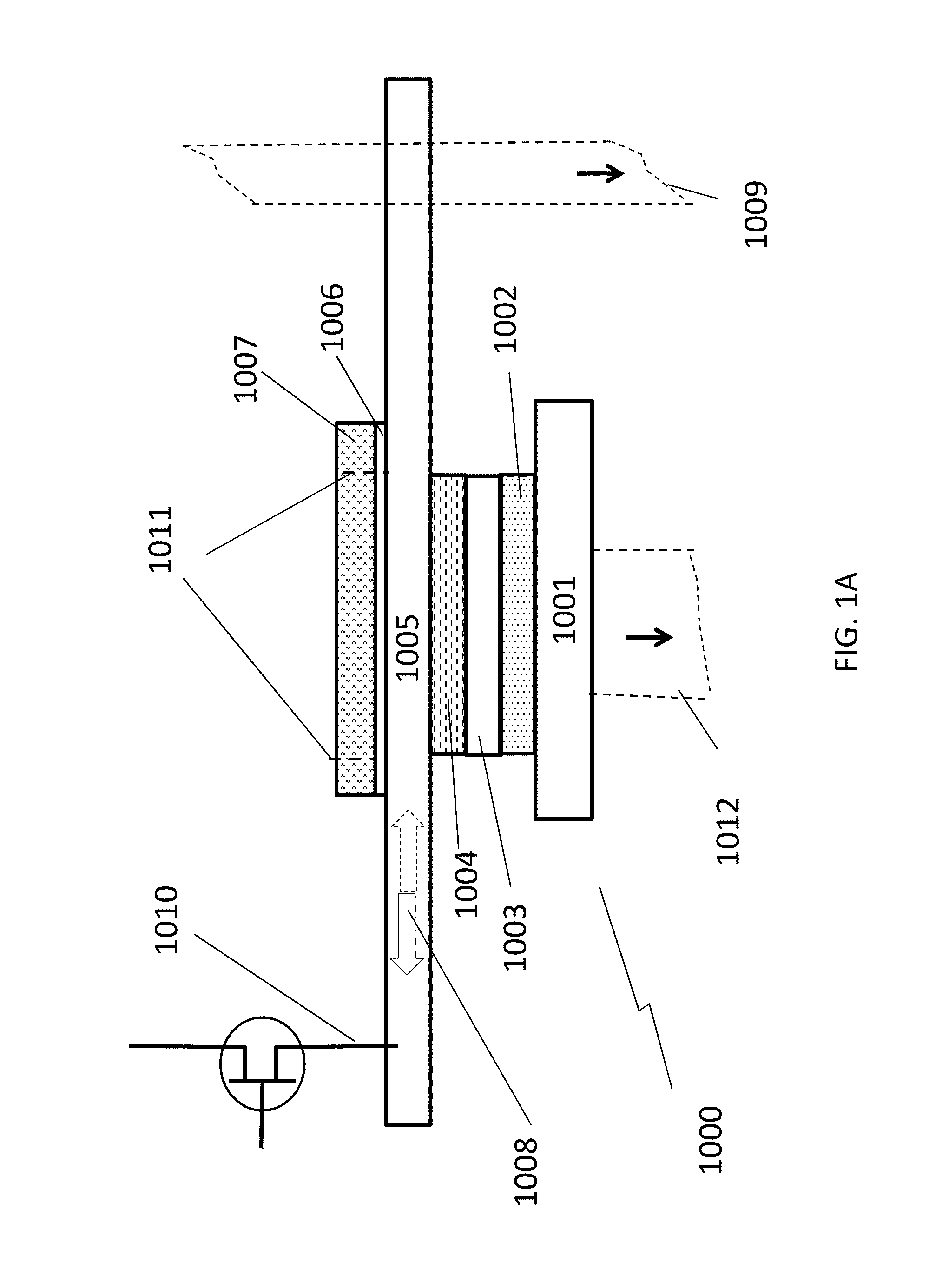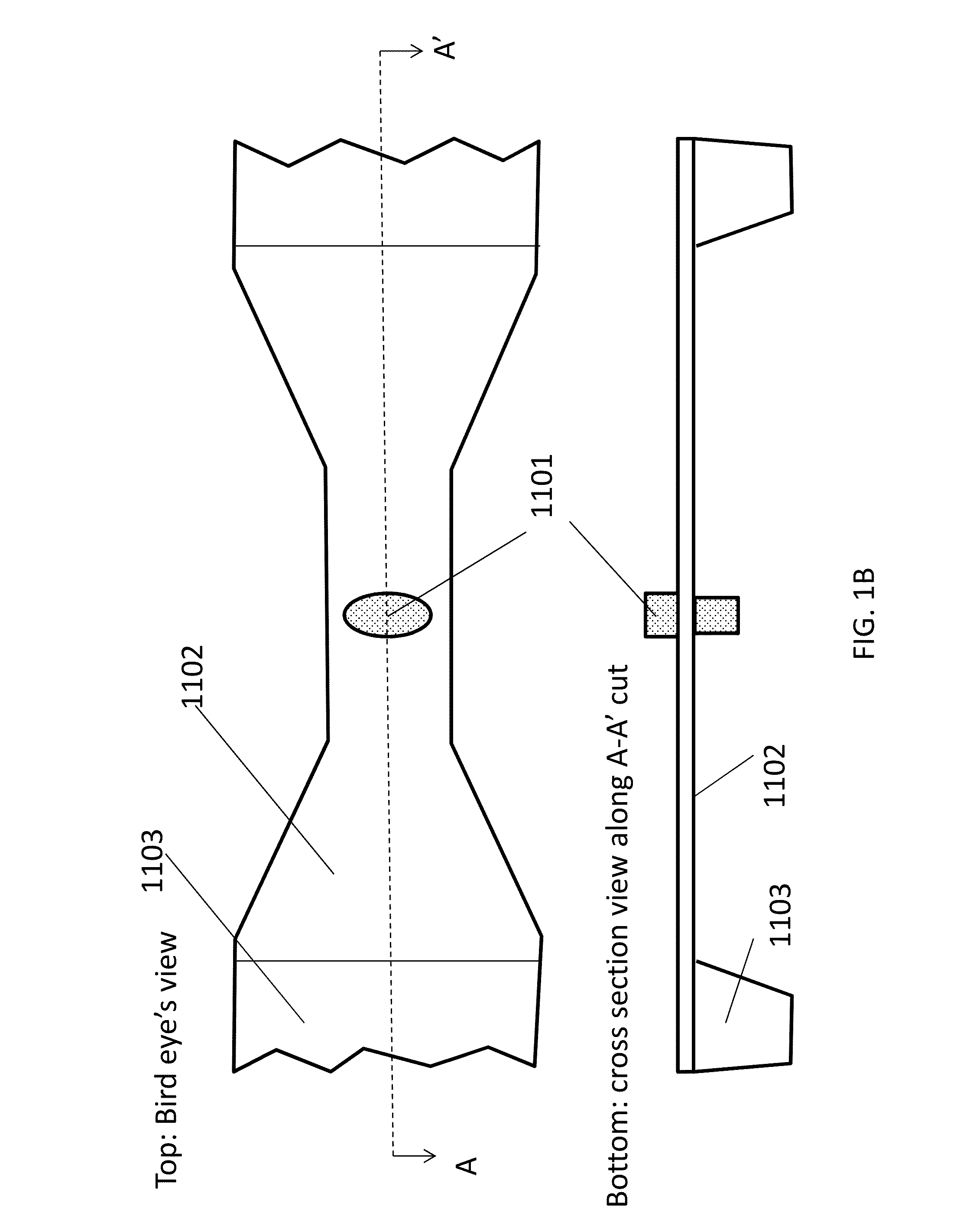Magnetoresistive random access memory cell and 3D memory cell array
a random access memory and array technology, applied in the field of magnetic random access memory cells and 3d memory cell arrays, can solve problems such as inferior thermal stability, achieve the effects of improving thermal stability, reducing the demagnetization field of thin perpendicular storage layers, and being convenient to implemen
- Summary
- Abstract
- Description
- Claims
- Application Information
AI Technical Summary
Benefits of technology
Problems solved by technology
Method used
Image
Examples
Embodiment Construction
[0034]The following description is provided in the context of particular designs, applications and the details, to enable any person skilled in the art to make and use the invention. However, for those skilled in the art, it is apparent that various modifications to the embodiments shown can be practiced with the generic principles defined here, and without departing the spirit and scope of this invention. Thus, the present invention is not intended to be limited to the embodiments shown, but is to be accorded the widest scope consistent with the principles, features and teachings disclosed here.
[0035]FIG. 1A illustrates one embodiment of the cross section drawings for general description of the proposed SOT-MRAM cell structure 1000. The purpose of FIG. 1A is to demonstrate the most important invention of the proposed SOT-MRAM cell design. In the proposed SOT-MRAM cell 1000 as shown in FIG. 1A, a TMR stack, including a reference layer 1002, a tunneling barrier 1003 (e.g. MgO), and a...
PUM
 Login to View More
Login to View More Abstract
Description
Claims
Application Information
 Login to View More
Login to View More - R&D
- Intellectual Property
- Life Sciences
- Materials
- Tech Scout
- Unparalleled Data Quality
- Higher Quality Content
- 60% Fewer Hallucinations
Browse by: Latest US Patents, China's latest patents, Technical Efficacy Thesaurus, Application Domain, Technology Topic, Popular Technical Reports.
© 2025 PatSnap. All rights reserved.Legal|Privacy policy|Modern Slavery Act Transparency Statement|Sitemap|About US| Contact US: help@patsnap.com



